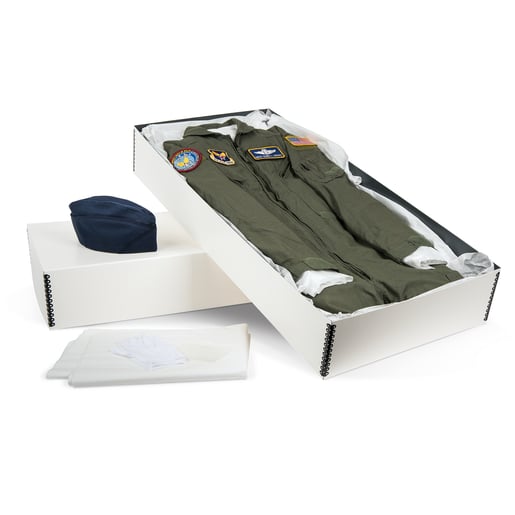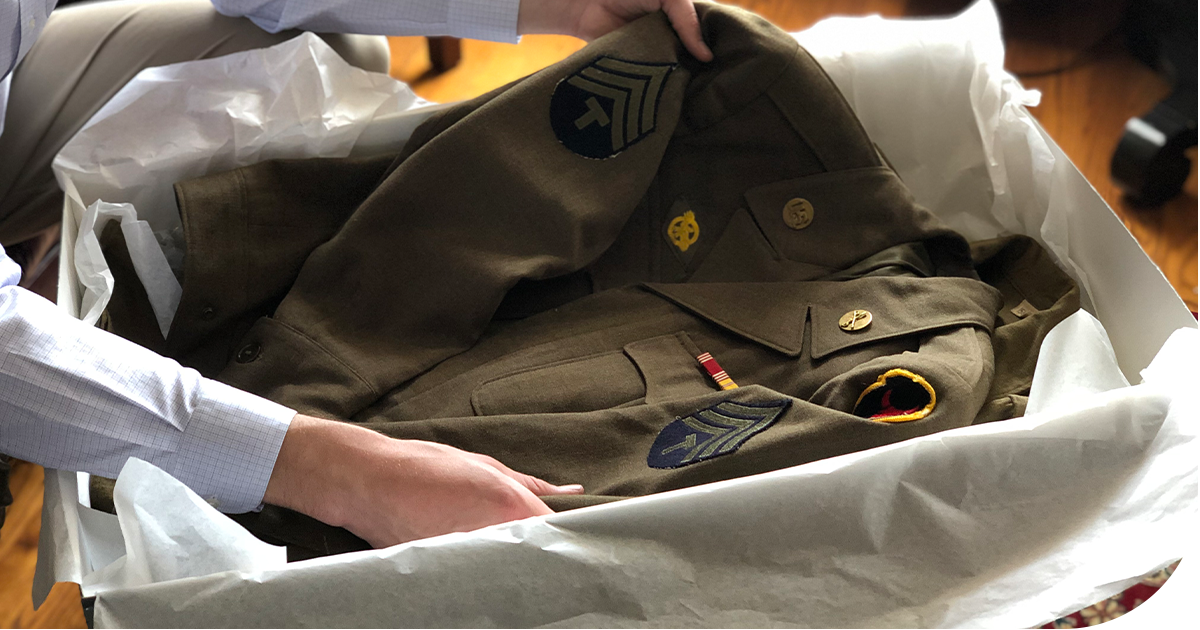Preserving military uniforms honors history and safeguards personal and family legacies. Whether you're a museum curator, a family historian, or someone with a cherished piece of military history, these step-by-step instructions will help ensure your uniform remains preserved for future generations.
Step 1: Clean the Uniform
Proper cleaning of the uniform is crucial before starting the preservation process. If the uniform is in good condition, have it professionally cleaned by a trusted dry-cleaning establishment. For delicate or older uniforms, it's recommended that you contact a textile conservator for guidance.
Step 2: Inspect and Repair
Inspect the uniform for any signs of damage, such as tears, loose threads, or missing buttons. If necessary, use archival-quality thread and needles for any necessary repairs. If you're unsure about repairing the uniform, seek assistance from a textile conservator to avoid further damage.
Step 3: Choose the Right Storage Materials
You will need an archival-quality storage box and tissue paper. Choose a box that is easy for you to store but doesn't require much folding of the garment. You'll choose buffered or unbuffered storage materials based on the uniform's material.

Gaylord Archival® Uniform & Suit Preservation Kit
This preservation kit is great for military uniforms and is large enough for suits and most overcoats. Storing suits and uniforms in a box instead of on a hanger prevents them from becoming misshapen.
Step 4: Storage Preparation
To prepare the uniform for storage, gently stuff the sleeves, pants, and body with acid-free tissue paper. This helps maintain the garment’s shape and prevents creases. You'll also want to pad any folds you make to fit the uniform inside the box. It is recommended that medals and ribbons be stored separately from the uniform itself.
Step 5: Documentation
Write down important information that should remain with the uniform. This can be the name of the person who wore the uniform, their rank, years served, and any other information you believe will be important. Photographs of the uniform being worn can also provide essential context. Paper and photographs should be placed in chemically inert plastic sleeves before being placed in the box.
Step 6: Store in a Suitable Environment
Choose a cool, dry, and dark storage location. Ideal conditions are a consistent temperature of around 65-70°F (18-21°C) and relative humidity between 45-55%. Avoid attics, basements, and garages, as they are prone to temperature fluctuations and dampness. If possible, store the uniform in an interior closet or a climate-controlled storage unit.
Step 7: Regular Inspection and Maintenance
Periodically check on the uniform to ensure it remains in good condition. Look for signs of mold, mildew, or pest activity. If you notice any issues, address them immediately to prevent further damage. Re-stuff the uniform with fresh, acid-free tissue paper every few years to maintain its shape and support.
By following these steps, you can preserve your military uniforms with the dignity and respect they deserve, allowing future generations to appreciate their historical and personal significance.
For More Information:
- Caring for Textiles and Costumes - Canadian Conservation Institute (CCI)
- Preserving a Military Uniform - A Genealogist in the Archives
- Textile Care & Display - Textile Museum, George Washington University
- Preserving Military Memorabilia: Flags, Medals and Uniforms - Family Tree Magazine

